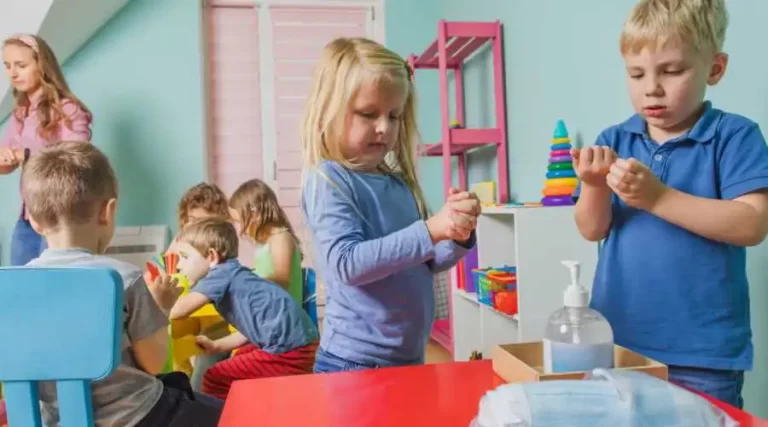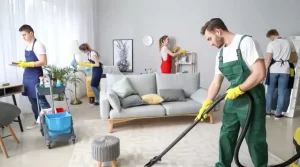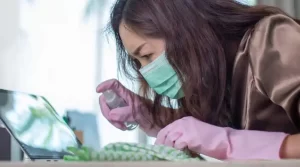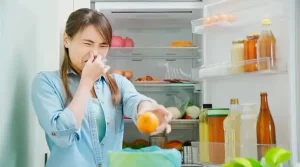In any learning environment, janitors and cleaners play a crucial role. The productivity and achievement of children are significantly impacted by a clean and healthy school environment.
You might be curious to know how different school types fare when it comes to cleanliness. Which should you clean up after, the older or the younger students? In this essay, we examine the value of a clean school and how cleaning procedures vary between elementary schools and high schools.
At every stage of education—preschool, high school, or tertiary—unpleasant and unclean settings can make studying more difficult. Students may be affected by a dirty school in a number of ways:
- Well-Being – Virus outbreaks are a common problem in schools. Because these viruses are so contagious, it’s crucial to keep bathrooms, surfaces, and areas where students prepare or consume food clean. This is especially critical in schools, where common areas are frequently used.
- Attendance – If a school is continuously dealing with illness outbreaks, attendance will surely be affected. If a student stays home sick all the time, they will struggle in school.
- Focus and Output – Students will be less focused and less productive if they are working in an uncomfortable environment. For youngsters to benefit fully from school, a clean and well-maintained learning environment is absolutely necessary.
Keeping Kindergartens Clean
There is a lot of activity, enjoyment, and inventiveness in preschools, kindergartens, and early childcare facilities. Days are packed with arts and crafts, water play, time in the sandbox, and gardening as well as other creative learning activities. This means that kindergartens can readily get unclean and that maintaining their cleanliness and order can be challenging.
Additionally, kindergartens have a wide variety of toys and kitchenware that the kids share. Sanitation is crucial to lowering the chance of spreading germs from one location to another.
It’s crucial to keep in mind that young children are more susceptible to infections and diseases. Their immune systems are less developed than those of adults. While the majority of kindergarten students will be immunized, it’s possible that there will be younger siblings or babies at home who have not yet had all of their vaccinations. Maintaining a healthy learning environment also contributes to the safety of other kids at home.
In light of this, cleaning kindergartens will probably concentrate on:
- Sanitization of surfaces, including tables and chairs, with special attention paid to cleansing bathrooms and kitchens.
- Dust, pollen, and other airborne allergens should be avoided as much as possible because young children are more prone to allergies and asthma.
- Glass doors and windows. Every kindergarten has its share of dirty little handprints. In order to keep everything looking lovely and new, regular glass cleaning is essential.
- Mopping and vacuuming. At an early childcare facility, small children or babies spend a lot of time playing on the floors, which are extremely readily soiled. For it to be in the optimum condition, a carpet cleaning service is occasionally required.
Keeping High Schools Clean
It can be quite a different task to clean up after older kids. Anyone who has even a brief experience in a high school will know that certain sections can become quite filthy and unpleasant.
The restrooms are the first item that springs to mind. Unattended high school restrooms have a tendency to become messy, with dirty paper towels that haven’t been thrown in the trash, water spilled on the floors and sinks, and hand soap or sanitizer smeared over the sinks. Here are our recommendations for improved school bathrooms.
Compared to kindergartens, high schools also have less direct supervision. The kindergarten staff is always with the kids and will clean up after them. Messes in bathrooms or homerooms are more likely to be left for the cleaners in high school because teachers don’t have the same responsibility. At a high school, you are also more likely to come across regular trash, leftover food, or trash that has been dumped.
This means that the majority of high school cleaning will involve:
- Bathrooms should be cleaned and sanitized, and floors should be mopped to prevent slips and accidents.
- Cleaning up any leftover food or trash in the homerooms and classrooms.
- Cleaning the tables inside eating areas or canteens.
There may be some locations that are messier and need special care depending on the types of lessons the school offers. This can feature a textile, woodworking, or culinary technology room.
What you do and don’t mind doing will determine if these items are advantages or disadvantages. If meticulousness is your thing, cleaning kindergartens can be a good fit for you since they call for an extra level of care. High school cleaning, though, might be more your thing if you are better at general cleaning (and aren’t frightened of a little additional mess).





